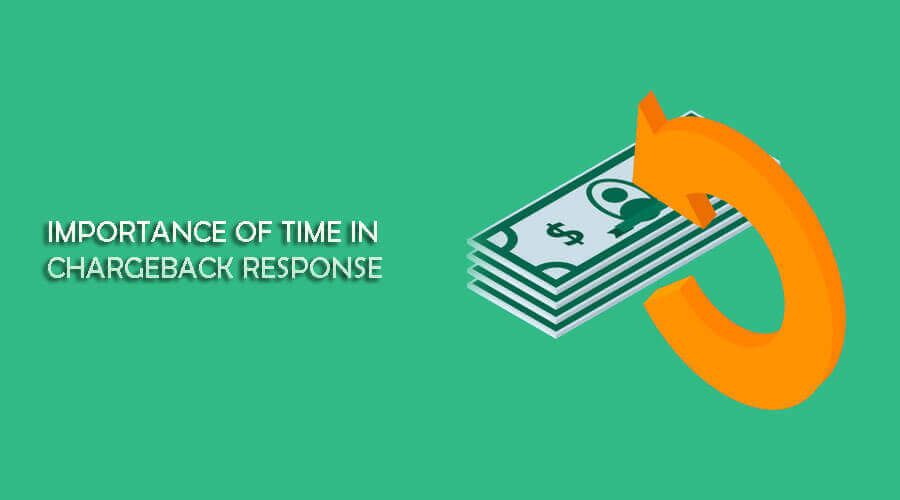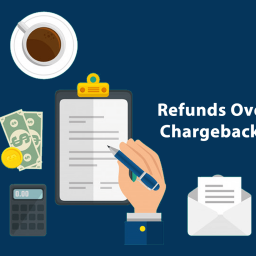
How to save time from Chargeback Responses:
Chargeback responses and the time consumed to mitigate and handle them is a big concern in a company. Chargebacks drain most energy, money and time from the people. Disputes are data centered and they need a collection of transaction data and receipts. Merchants are vulnerable if they do not have clear documentation available to resolve the chargebacks and submit the responses.
We have made it to a few points that could help you in getting a successful chargeback response:
1) Transaction Data Aggregation: You can receive disputes from anywhere- you can get them on the transactions that are authorized 2-3 months ago.
That is the reason why it is necessary to have an aggregated data source on standby. It saves you the time from getting the data from many sources and rather than wasting it in the search.
You should focus on aggregating three main data sources e-commerce platform, payment processor and payment gateway. But you can aggregate other sources that are before, after and during the transaction cycle.
2) Prepare the Templates and Case Responses: Every chargeback will demand different evidence and data that is tied to the reason code with the dispute.
- Display the cardholder’s satisfaction of the product or service
- The product was being used, despite the dispute claiming it never arrived from shipping.
3) Keep the Details: Keeping minute details comes in very useful when making a sale. It may be irrelevant at the time of trade but when the chargeback comes the small detail is probably the best asset you could have. You should support your case with phone logs, email correspondences, and any additional information that validates the cardholder’s identity and shows that he was aware of the transaction.
![]()
Email us anytime!
Email customer service 24/7
![]()
Call us anytime!
Reach customer care 24/7 at +1 (888) 901-8653
4) Authorization Proof: More than 50% of chargebacks are because of “No authorization” or fraud. Authorized chargebacks being disputed is very critical because banks want to be fair with their policies. Any data that shows proof of this, such as Address Verification system, CVV confirmations, signed receipts or contracts, or an originating IP matching the customer’s location are a must.
5) Make it Easy: The manual review handling of an individual of the response is going to decide easily whether the evidence is enough to refute the cardholder’s claims or not. You can make their job easier by highlighting points and including tables and keep it short, if possible.
6) Terms of Service and Refund Policy: Providing proof that cardholders have agreed to the terms yet did not follow comes in handy when it comes to returns or refunds.
7) Successful Transmission: Once the response is complete, you will have to get this information to the processor or the acquiring bank through various verticals. Many acquirers need the responses to be sent via email, but most banks receive responses through fax or internet. Ensure that the text, fonts, and images are clear enough or the transmission would be considered incomplete.
Three responses are must for Multiple Fraudulent Transactions Chargebacks:
- The applicable credit gets processed to the cardholder’s account on the disputed transactions. So, you must send the acquirer proof of the credit response.
- If a cardholder has more than one available transaction. Provide the acquirer with applicable documentation, in support of your chargeback. This could be sales acknowledgment invoices or receipts, transaction, etc.
- If applicable credit has not yet been processed on the disputed transaction or multiple frauds, the merchants must accept the chargeback.





